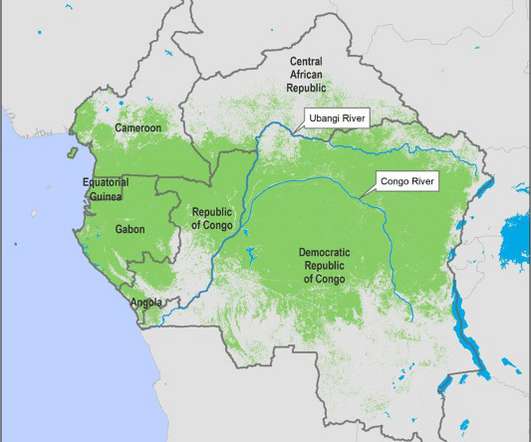The Bee-eaters of Africa
10,000 Birds
AUGUST 14, 2012
Carmine bee-eaters occur throughout most of Subsaharan Africa, and many populations migrate widely post breeding. After breeding they also disperse over the rainforests and savannas of West and Central Africa, where they hunt for aerial insects. Two populations exist, the westernmost breeds in the western Sahara (e.g.











Let's personalize your content